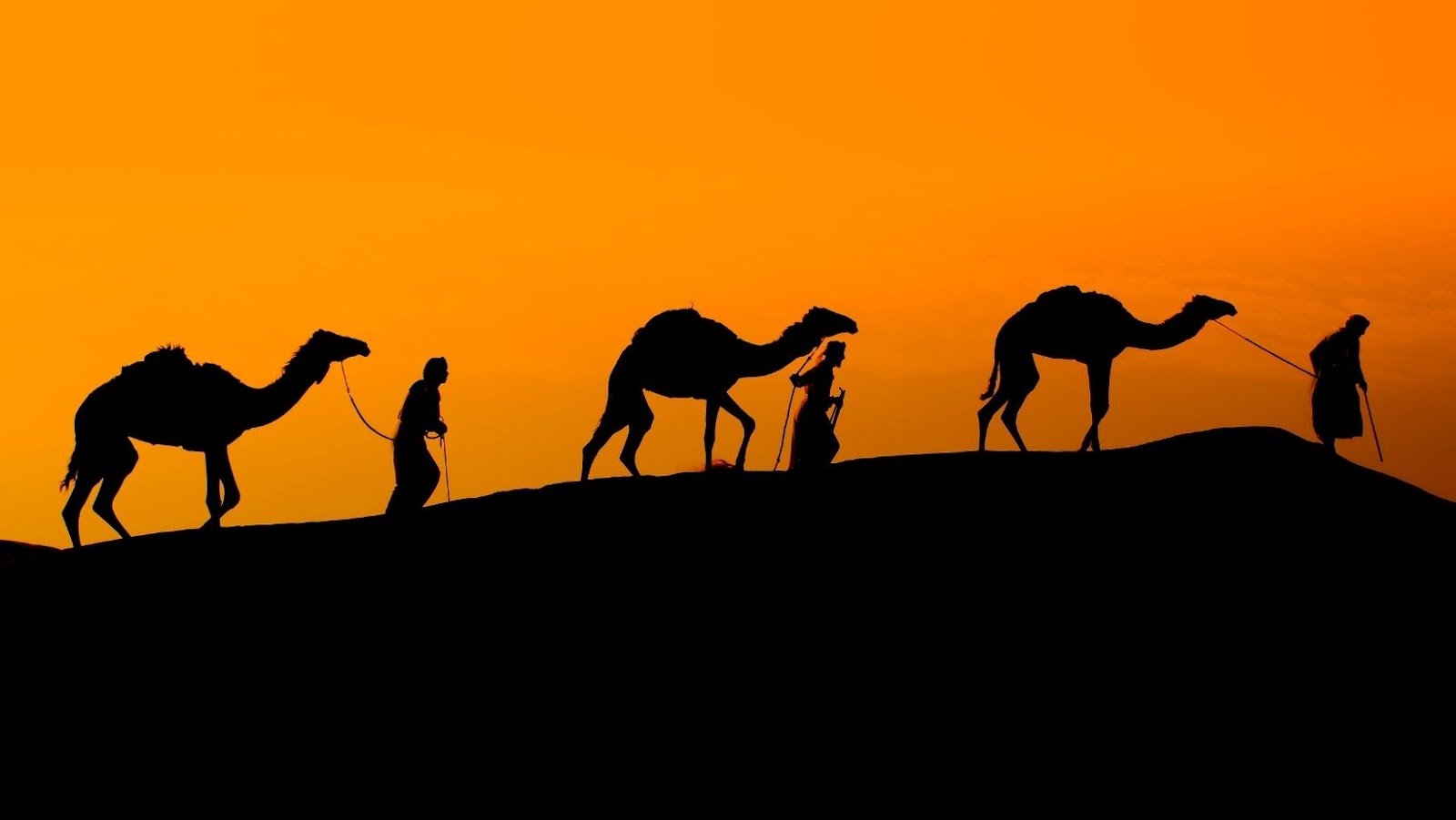
The camel is an even-toed ungulate in the family Camelidae, a group of ruminants that also includes the llama and alpaca. There are three surviving species of camel; the one-humped dromedary or Arabian camel, the two-humped Bactrian camel, and the critically endangered wild Bactrian camel. Camels tend to be well-adapted to arid, desert environments and are able to survive long periods of time without food or water.
Camels are incredibly interesting animals with a number of unique adaptations that help them thrive in harsh desert conditions. Some of the most notable characteristics of camels include their long necks, big feet, and ability to store fat in their hump. Camels also have a number of other interesting adaptations that allow them to live in hot, dry climates.
background
Camel is an even-toed ungulate within the family Camelidae, only one extant genus of which, Camelus, comprises two species: the dromedary (one hump) and the Bactrian camel (two humps). Both males and females have long, curved necks and droopy lips. They are shaggy-haired and their colour ranges from dark brown to sandy. They have long legs, big feet with two toes each, and a relatively short tail.
Camel milk is nutritious, containing vitamins, minerals, proteins and antibodies that can strengthen the immune system. It is also lower in fat and cholesterol than cow’s milk. The dromedary is the fastest of all camels, and can reach speeds of up to 65 km/h. They are also very strong, able to carry heavy loads over long distances. Camel hair is used by people in many parts of the world for making textiles and fabrics like blankets and tents.
Despite their impressive size and physical capabilities, camels are largely domesticated animals that play an important role in many cultures around the world. Whether used for riding or for transporting goods, camels have long served as valuable companions to humans. Overall, there is much that we can learn from these fascinating creatures! Here are just a few interesting facts about camels:
1. Camels were first domesticated over 4,000 years ago.
2. There are two main types of camel: the dromedary, which has one hump, and the Bactrian, which has two.
3. Camels are native to both Africa and Asia, but are found in many parts of the world today due to domestication and transport.
4. Camels can survive for long periods without food or water, and have strong, shaggy coats that protect them from harsh weather conditions.
5. Camels are well-known for their impressive size and strength, as well as their ability to carry heavy loads over long distances.
6. The milk from camels is very nutritious, and has a number of health benefits for humans. It is also lower in fat and cholesterol than cow’s milk.
7. In addition to providing transportation and food, camels are often used for their luxurious wool, which is used to make blankets and other textiles.
8. Camels are gentle and intelligent animals, despite their large size and impressive strength. They have been domesticated for thousands of years, and play an important role in many cultures around the world.
We hope you enjoyed learning some interesting facts about camels! If you’re interested in learning more, please feel free to explore our website or conduct your own research.
how much are camels worth
There is no definitive answer to this question, as the value of camels can vary significantly depending on a number of factors. In general, camels are considered to be valuable livestock animals that can be used for riding or for transporting goods over long distances. They are also highly prized for their luxurious wool, which is commonly used to make blankets and other textiles. At the same time, the value of camels is often determined by supply and demand, and can fluctuate depending on market conditions. In general, however, it is safe to say that camels are considered to be a highly valuable commodity, and are often worth hundreds or even thousands of dollars each.






